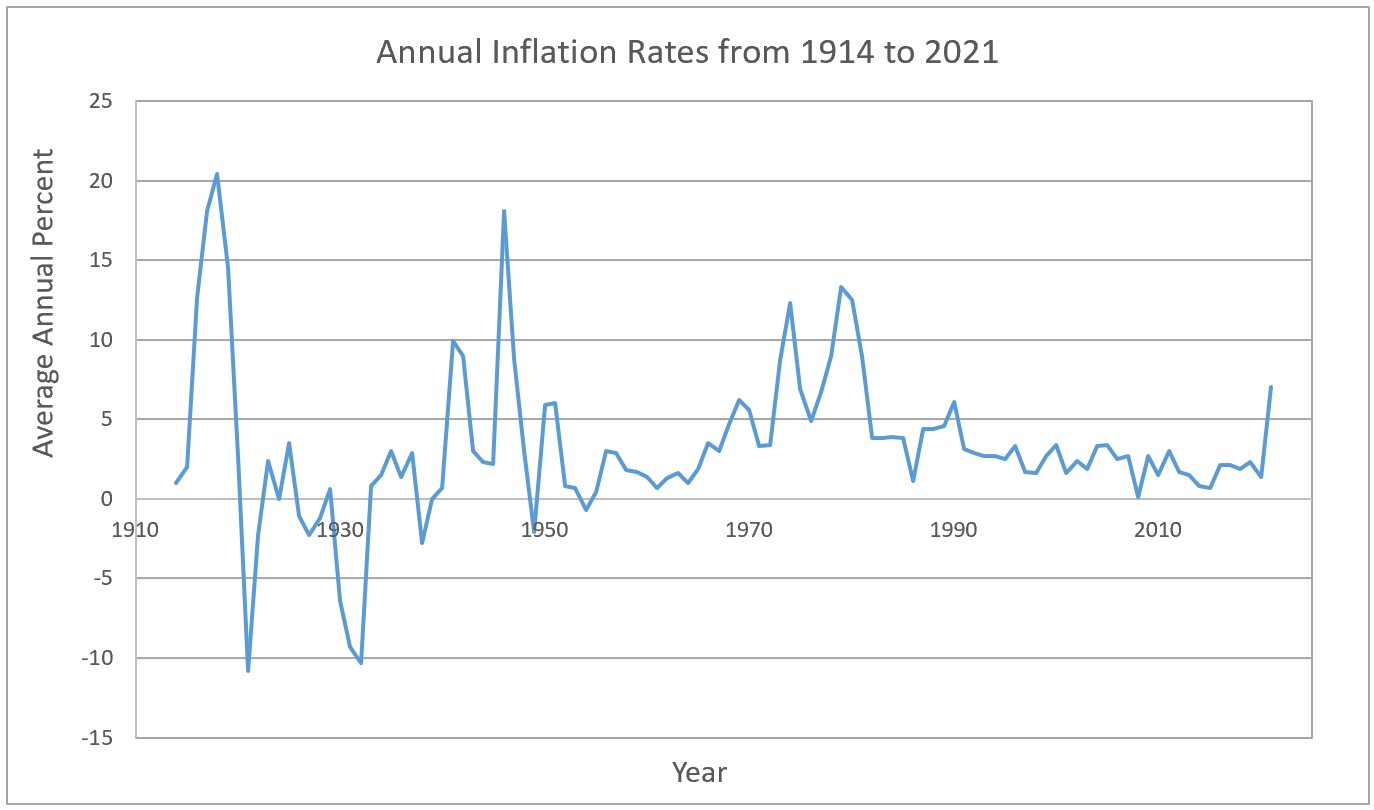Disinflation occurs when the inflation rate falls but remains above zero.
Disinflation must not be confused with deflation. Disinflation may be the desired result of monetary policy when a central bank reduces the inflation rate. Deflation is considered dangerous by most economists because consumers and businesses delay purchasing goods and services. Why buy something today when it may be less expensive tomorrow? Disinflation is a slowing of the rate of inflation. Unlike deflation, prices continue to rise during disinflation - they increase at a slower rate. Unlike deflation, consumers and businesses have an incentive to purchase a good or service today to avoid paying a higher price in the future.
To illustrate the distinction, assume in Year 1 the inflation rate equals four percent. Disinflation occurs if the inflation rate in year 2 is less than four but greater than zero. If the rate is less than zero, then the economy is experiencing deflation.

The graph shows that disinflation has been prevalent since 1980 because the price level has trended lower. Only briefly, in 2008, did we have deflation when the inflation rate dipped below zero.
Disinflation is prevalent during recessions or periods of slow economic growth. Slow economic growth results in employees losing their jobs and families cutting back. Aggregate demand falls. During a boom period, inflation may be a problem. The central bank may choose to decrease the money supply to cause disinflation. Again, the result is a drop in the aggregate demand because reducing the money supply pushes up interest rates and discourages business investment. During the late 1970s, the United States economy was suffering from cost-push inflation. Under the leadership of Paul Volker, the Federal Reserve proceeded to tighten the money supply, which in turn pushed interest rates to very high levels to generate disinflation. His strategy worked, the inflation rate fell, but the economy entered a recession. Finally, disinflation can result from increases in the economy’s aggregate supply. Widespread Improvements in technology can push out the aggregate supply, which lessens inflationary pressures. The growth of Internet technology fostered productivity gains, which facilitated less inflation.
Inflation
Causes of Inflation
Monetary Policy – The Power of an Interest Rate
Business Cycles